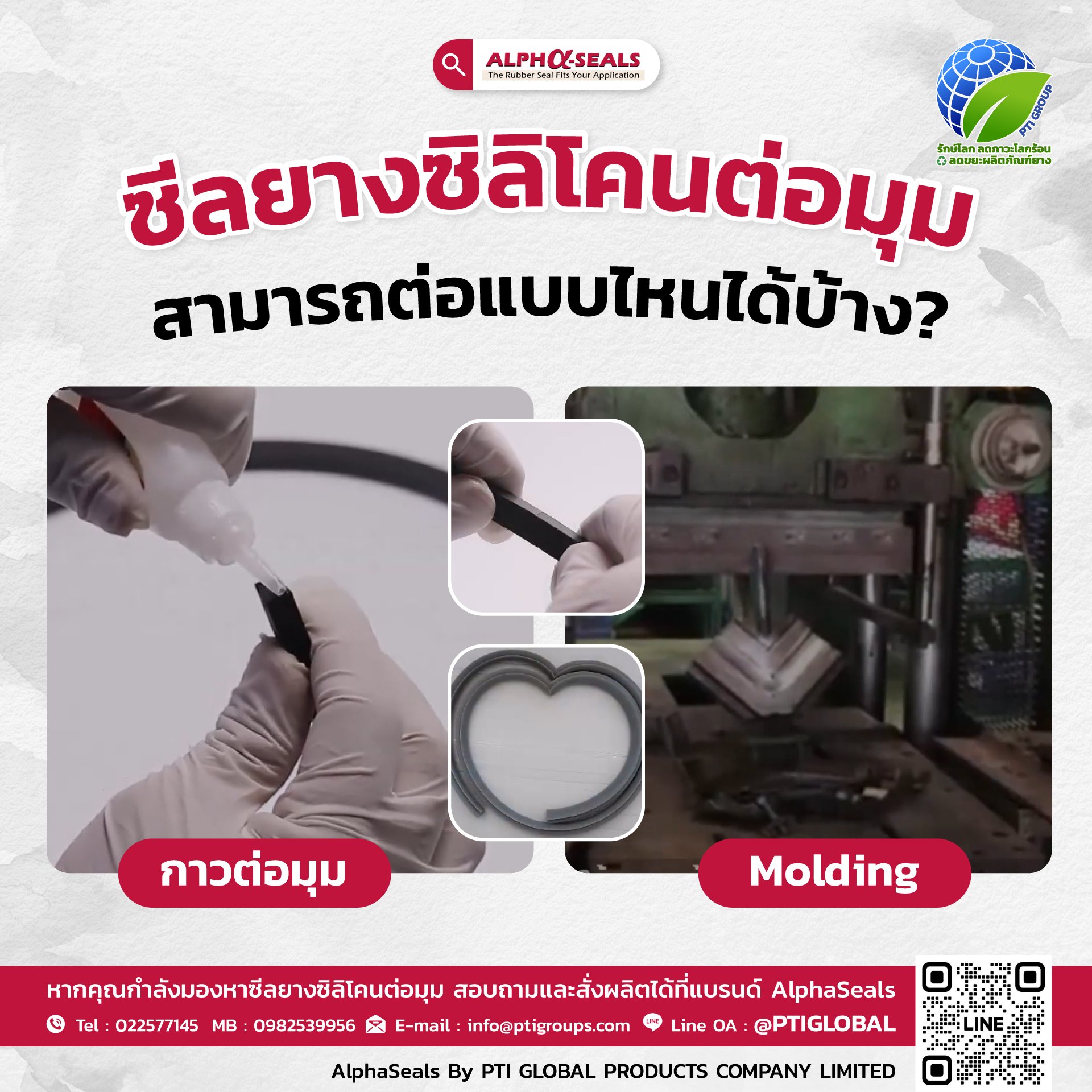Joint/Splicing Silicone Rubber Seals : Various Connection Methods Explained
Last updated: 12 Dec 2023 | 999 Views |

Joint/Splicing Silicone Rubber Seals : Various Connection Methods Explained
Joint/Splicing Silicone Rubber Seals, produced through an extrusion process, come in various cross-sectional designs tailored to specific requirements and are assembled at the corners to be used as gaskets.
These seals offer several advantages, such as:
- Cost-efficiency compared to molded production.
- Ability to create complex cross-sectional shapes.
- Feasibility to produce larger sizes, which is challenging and more expensive with molded seals.
- Faster production time.
There are two primary methods for connecting silicone rubber corner seals:
- Adhesive Joining : This method involves using a specific type of adhesive designed for silicone rubber. It is suitable for general gasket applications where there is no pressure or stress at the joint.
- Molding : This involves using a mold to join the corners, using the same grade of silicone rubber as the seal. This method provides a stronger, more durable joint that can withstand higher tension and pressure compared to adhesive joining.
AlphaSeals offers custom production of Joint/Splicing Silicone Rubber Seals, accommodating both adhesive and molding methods based on the application requirements. They accept orders with a minimum of 50 meters.
For those interested in silicone rubber corner seals, you can inquire and place orders with AlphaSeals
Contact Us.
LINE Official Account : @PTIGLOBAL Or click https://lin.ee/a0JyqAe
Tel : +66(0)22577145 MB+66(0)982539956 / WhatsApp : +66(0)863077319
Email : info@ptigroups.com
AlphaSeals by PTI Global Products Company Limited



